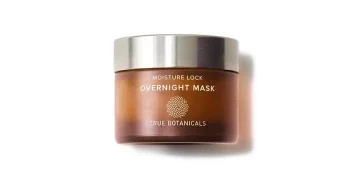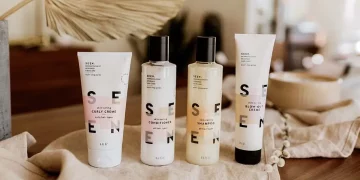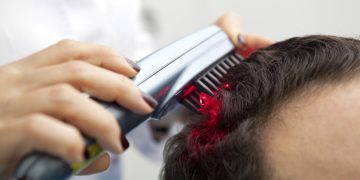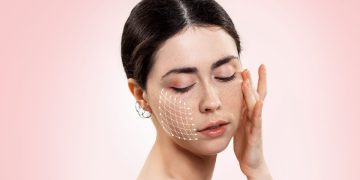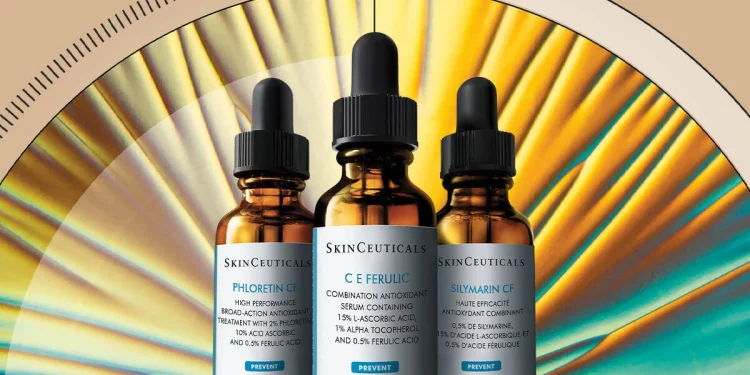For decades, the cornerstone of sun protection has been a simple, if sometimes messy, ritual: slathering on a cream or lotion. While effective, this approach is passive and prone to human error—we often don’t apply enough, we miss spots, and we forget to reapply. But what if our sun protection could be proactive, intelligent, and seamlessly integrated into our lives? The future of SPF is unfolding not just in laboratories creating more elegant formulas, but in the realms of wearable technology and holistic environmental defense. We are moving beyond the bottle towards a new paradigm where protection is dynamic, data-driven, and defends against a broader spectrum of invisible aggressors.
This evolution is being driven by two key innovations: the rise of discreet, wearable UV sensors that provide real-time exposure data, and the development of sophisticated skincare formulas designed to protect against the effects of high-energy visible (HEV) blue light. Together, these advancements promise a future where we are no longer guessing about our sun exposure but are empowered with the knowledge and tools to protect our skin with unprecedented precision and intelligence.
The Intelligent Shield: How Wearable UV Sensors are Revolutionizing Sun Safety
The fundamental flaw of traditional sunscreen is that it is a static form of protection in a dynamic environment. The sun’s intensity changes by the hour, your location, and your activities. Wearable UV sensors are solving this problem by turning sun protection from a guessing game into a precise science.
These devices, which range from small, adhesive patches to sleek wristbands and even clips that attach to clothing or sunglasses, are equipped with sophisticated photodiodes that measure the intensity of UV radiation in real-time. They sync with a smartphone app to provide a constant stream of personalized data, including:
- Real-Time UV Index: Unlike a weather app that gives a general reading for your city, these sensors measure the exact UV rays hitting your body.
- Personalized Exposure Tracking: The app can be programmed with your skin type (Fitzpatrick scale), the SPF of the sunscreen you’re wearing, and your location. It then calculates your safe sun exposure time and sends alerts when you are approaching your limit and need to seek shade or reapply sunscreen.
- Dosage Monitoring: Some advanced sensors can even estimate how much UV dose you’ve accumulated throughout the day and week, providing valuable long-term data about your sun exposure habits.
The impact of this technology is profound. It removes the ambiguity from sun safety, making it especially valuable for parents protecting children, individuals with photosensitive conditions, and anyone who spends significant time outdoors. It provides concrete, actionable reminders to reapply, addressing the single biggest failure in most people’s sun protection routine. Furthermore, this data can be shared with dermatologists, providing a more accurate picture of a patient’s cumulative sun exposure than self-reporting alone. This is the first step towards truly personalized photoprotection, where your defense system is actively guided by your environment and behavior.
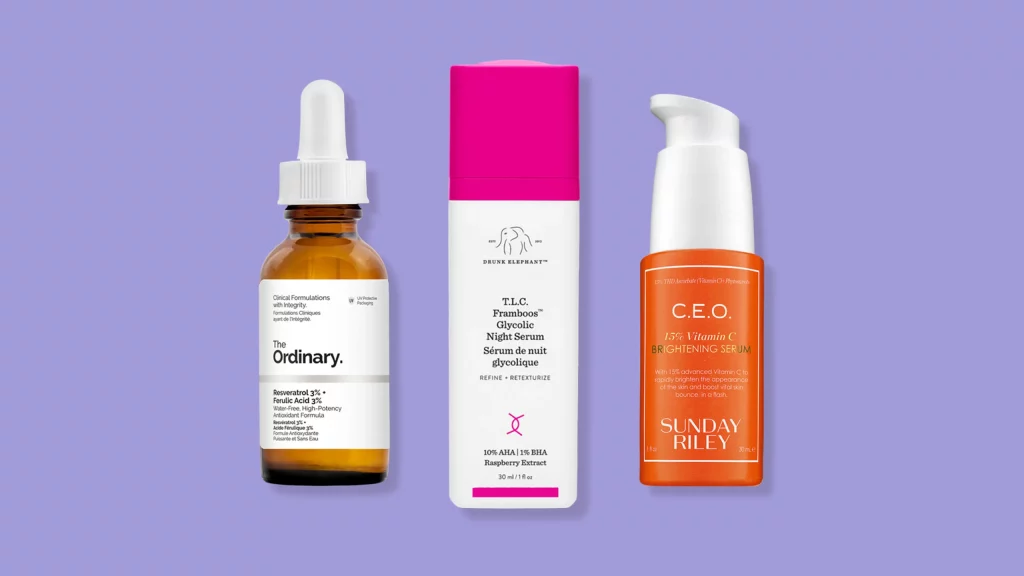
The Invisible Aggressor: The Rise of Anti-Blue-Light Formulas
While UV sensors tackle the measurement of solar radiation, skincare science is expanding its defensive perimeter to include a pervasive modern threat: high-energy visible (HEV) blue light. Emitted by the sun and, in smaller amounts, by our digital screens (phones, computers, TVs), blue light penetrates the skin more deeply than UVA and UVB rays.
Research into the effects of blue light on the skin is still evolving, but early studies indicate several concerning impacts:
- Hyperpigmentation: HEV light has been shown to stimulate the production of melanin, particularly in individuals with darker skin tones, leading to persistent dark spots and melasma. This pathway is different from UV-induced pigmentation, making it resistant to traditional sunscreens alone.
- Oxidative Stress: Similar to UV radiation, blue light generates free radicals, which break down collagen and elastin, contributing to premature aging, including wrinkles and loss of firmness.
- Weakened Barrier Function: Exposure to blue light can compromise the skin’s protective barrier, leading to increased sensitivity, redness, and dehydration.
In response, the skincare industry is developing a new class of “anti-blue-light” formulas. These products go beyond traditional sunscreen in several ways:
- Iron Oxide: This is the most critical and evidence-backed ingredient. Tinted sunscreens containing iron oxide pigments have been proven to block a significant portion of visible light, including blue light. The tint is not merely cosmetic; it is a functional, protective shield. This is why dermatologists increasingly recommend tinted sunscreens for patients concerned with hyperpigmentation.
- Topical Antioxidants: While they don’t “block” blue light, powerful antioxidants act as a second line of defense. They neutralize the free radicals generated by HEV light exposure before they can damage skin cells. Key players include:
- Lutein and Zeaxanthin: Carotenoids naturally found in the body that help filter blue light.
- Niacinamide: A versatile ingredient that helps repair a compromised skin barrier and has antioxidant properties.
- Vitamin C (L-Ascorbic Acid): A potent free-radical scavenger that helps mitigate oxidative damage from both UV and HEV light.
- DNA Repair Enzymes: Some of the most advanced formulas now include ingredients like Photolyase, derived from plankton. This enzyme helps to repair DNA damage caused by UV exposure, representing a shift from purely preventive protection to active repair.
The Integrated Future: A Holistic Approach to Photoprotection
The true future of SPF lies not in choosing between a sensor and a sophisticated serum, but in their integration. Imagine a world where your wearable UV sensor not only alerts you to reapply but also communicates with a smart dispenser that provides the perfect amount of a multi-tasking formula. This formula would be a hybrid product featuring:
- Broad-Spectrum UV Filters: For protection against UVA/UVB.
- Iron Oxide: For protection against visible blue light.
- A Robust Cocktail of Antioxidants: To mop up any free radicals that penetrate the initial defenses.
- DNA Repair Enzymes: To continuously correct subclinical damage.
Your daily routine would become a seamless, intelligent system. You would apply your intelligent serum in the morning. Throughout the day, your discreet sensor would monitor your exposure, perhaps even differentiating between UVA and UVB intensity. When it detects you’ve reached a certain threshold, it would send a gentle notification to your phone or smartwatch: “Time for a top-up of your antioxidant serum,” or “Seek shade for the next hour.”
This holistic approach also encompasses oral supplements. Nicotinamide (a form of Vitamin B3) has been clinically shown to help reduce the rate of new non-melanoma skin cancers in high-risk patients, acting as a systemic supplement to topical protection. In the future, personalized nutraceuticals could be part of this integrated system.
Conclusion: From Passive Creams to Active, Intelligent Defense
The future of SPF is a departure from the one-size-fits-all, passive protection of the past. It is dynamic, personalized, and intelligent. The humble sunscreen cream is evolving into a sophisticated ecosystem comprising wearable tech that provides real-time data and advanced topical formulas that defend against a wider spectrum of environmental aggressors.
This new era of sun protection empowers us to be proactive rather than reactive. It acknowledges that the threat is not just from the sun’s UV rays but from the totality of our modern environment, including the blue light from our digital lives. By embracing these technologies, we are not abandoning sunscreen; we are elevating it. We are moving towards a future where we can enjoy the sun and our lives with the confidence that our skin is protected by the most advanced, personalized, and intelligent defense system ever created.

